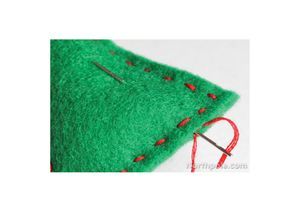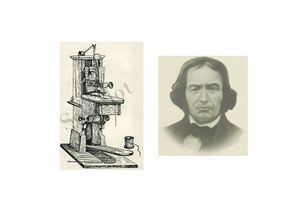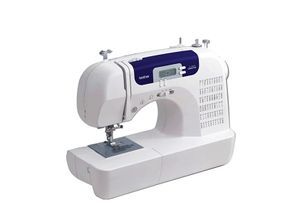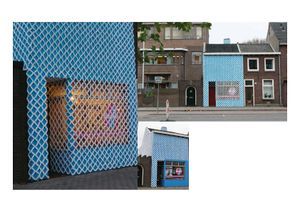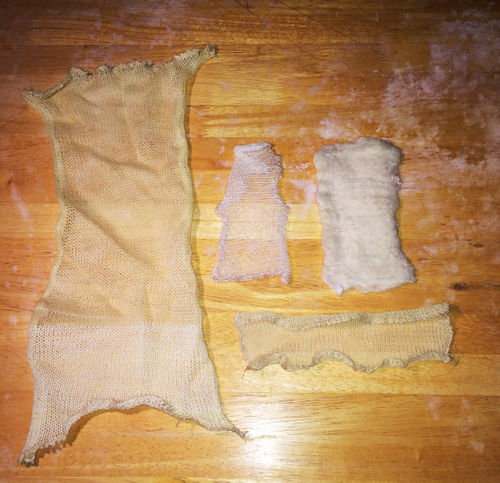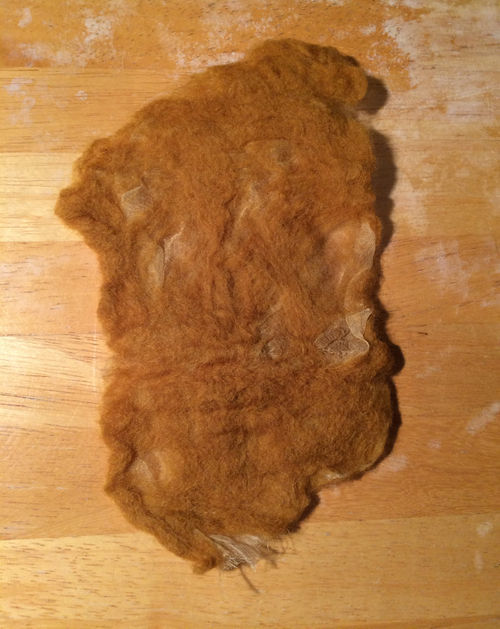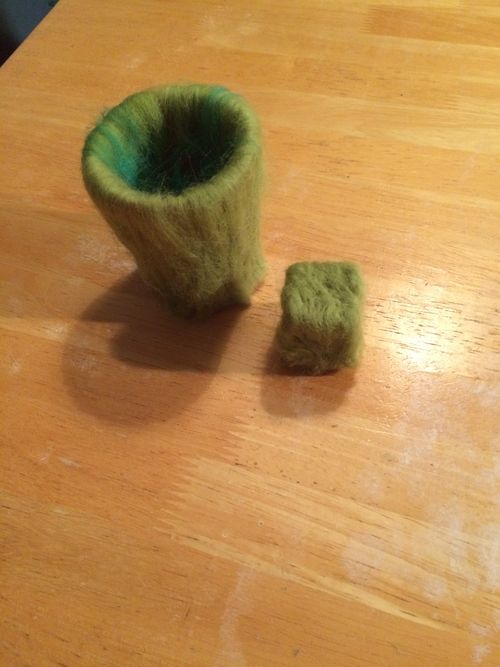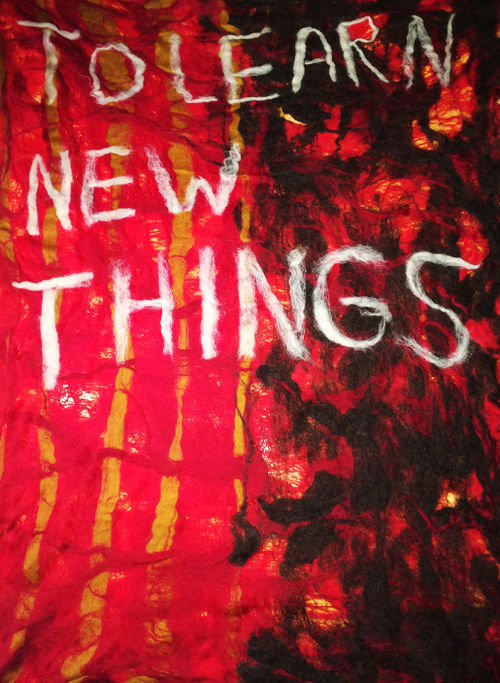User:Jerryestie
Contents
Main Information
Jerry Estié
0902472
0902472@hr.nl
Image Research
Pre-Industrial
A very common technique, the needle and thread.
Industrial
For the industrial period I chose Barthélemy Thimonnier. I found him and his sewing machines interesting because he was at the forefront of the industrial revolution with his machines. However, he became a target for workers in the sewing industry, who were afraid of the competition. In the end, his machines never became common and the man died poor. We think of the industrial revolution as this thing that just sort of 'happened' because now we look back at the succes. I just find these little footnotes in history more interesting.
Contemporary
Just like the first image, I kept it simple in a way. When looking for modern stitching techniques in shops or other places you will still find sewing machines. They're still as big a part of modern sewing technologies as ever.
Sigrid Calon
Sigrid Calon is a personal favorite of mine, coming from a textile-oriented education she eventually made the step over to graphic design. However, her designs are still based on her previous embroidery works. She designed shapes and forms using a sort of embroidery technique in her head. So even there is never a thread to be seen, it is still very much part of her graphic design work. This, however, has more to do with knitting. As a promotion for Het Kanten Huis she knitted over an entire house.
Felt Techniques
Old Technique - Felting
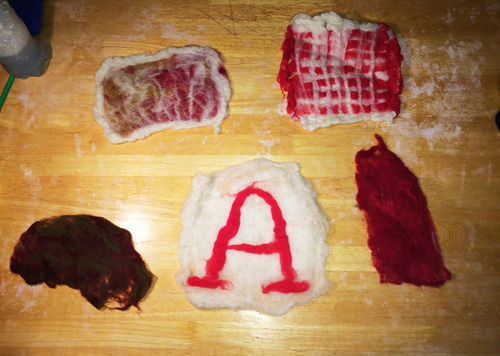 For my old technique I choose felting and decided that I wanted to focus on this material for the rest of the quarter. I immediately found felting aesthetically pleasing and wanted to see if I could use it's potential. For the first test I used hot water and soap to bond the felt together.
For my old technique I choose felting and decided that I wanted to focus on this material for the rest of the quarter. I immediately found felting aesthetically pleasing and wanted to see if I could use it's potential. For the first test I used hot water and soap to bond the felt together.
Industrial Technique: Knitting
Combining: Felting and knitting
Technique to the limit
Final Work
Why I'm a maker
I am a maker.
I make because I enjoy getting the satisfaction of learning new techniques. Whether it’s a graphic design assignment on a computer screen where I’m kerning every single letter just right to a multi-layered silkscreen poster with the paint layers pressed perfectly on top of each other for the first time. It is the reason why I chose to be a graphic designer.
However, it is not as simple as that. I think the real joy in making, for me at least, is learning how to do things well. Starting out with a new technique is usually challenging at first. After putting time into gaining knowledge, either by classes or trial and error, you slowly become better at the craft you are practicing.
I have previously mentioned my graphic design study and think that is my big source of inspiration for making things. When I started my second year at Willem de Kooning Academy I made myself a manifesto. In this manifesto I promised to use a different medium than print for each work I created, unless the assignment clearly stated that I should use print.
The reason for making this manifesto was my personal belief that to improve as a graphic designer I need to learn about as many techniques as I can. The more knowledge about techniques you have, the broader you think creatively.
An example of this is the Xerox copier at school. For my research on April Greiman, a graphic designer who was active in the 70s and 80s and known for her skills with the Xerox, I studied the copier for a couple of weeks, refusing to use the computer and cutting my work by hand then copying it. I used the copier’s color and magnification settings to create my own artworks, focusing heavily on patterns. While annoying at first, the more I experimented with the Xerox copier the more joy I got out of making my patterns and experiments. Suddenly the annoyances were gone and I was able to generate good looking patterns with relative ease.
Now, almost a year after I had this project, I have the knowledge and skill available to me to be used in different projects. And the thing is, I really use that knowledge of new tools and skills. For my current graphic design project, I am working a lot with interchanging small and big texts or objects. Using my previously gained Xerox copier skills I was able to quickly create graphics that I thought of because I know how the machine works. I might have thought about it before ever using a Xerox copier as much as I did last year, but now I knew exactly what I would be able to do with it.
To put the topic of ‘craft’ on the table, I chose the Xerox as the example for this story because I consider the work you can create with it as craft. For me craft is, in a broad way of putting it, making things right with skill and knowledge. As discussed in class I think a lot of people think of things like woodworking and ‘working with your hands’ when they hear the word craft. It’s a word that brings up thoughts of physical work and skill.
But is using a machine that is intended to copy other things craft when you create your own artwork with it? You gain knowledge of a tool, whether it’s digital or physical. What about a DTP worker, making sure that a document gets printed in just the right color and specifications? I think these things count as craft, and they are part of the reasons why I am a maker: They are all part of me looking to learn new things to study and improve my skillset and knowledge with.
So, for my final example I decided to put what I learned with this practice back to my graphic design study: Taking the technique I learned and apply it to graphic design. I have used the felt to make my exhibition poster that ultimately says why I’m a maker:
To learn new things
